The National Library of Australia holds two other compositions by Reene Lees, but I have been unable to find any further reference to her, or to her music.
|
|
I have created a MIDI rendition of The Bell Bird in what may well be the world premiere recording, and possibly the first "performance" in over a century. Unless anyone knows otherwise?
Please get in contact if you know anything about this mysterious young composer, whose unusual name means Melody. |
|
More recently, in 2011 BBC Radio 3 commissioned Bell Bird Motet from Edward Cowie, whose work we featured a few weeks ago, and whose Lyre Bird Motet was one of our earlier Re:Tweets.
Like most of Cowie's choral work, it calls for the virtuosity of the BBC Singers. Amid a whole ecosystem of unorthodox vocal sounds such as tongue-clicks and spoken rhythm, the female voices of the BBC Singers create a vibrant, bell-like heterophony. It evokes a soundscape as experienced by Cowie at dawn in the forests of Eastern Australia. Alongside the bell miner, the Motet enlists many more sounds of the wilderness, including several species of frog and other sounds inspired by this rich habitat. |
|
in other news
Goldcrest song slowed down and translated into violin music sounds exactly like Bulgarian folk dancing #NatureMatters14
— NewNetworksforNature (@networks4nature) November 14, 2014
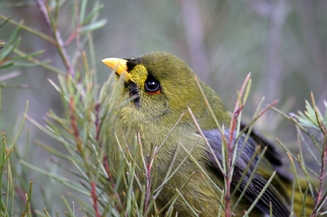
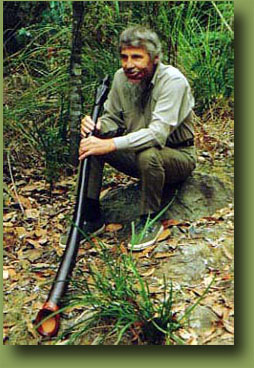
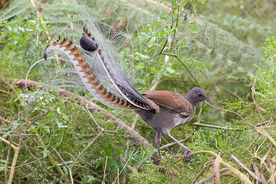
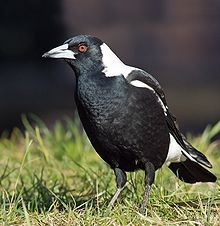
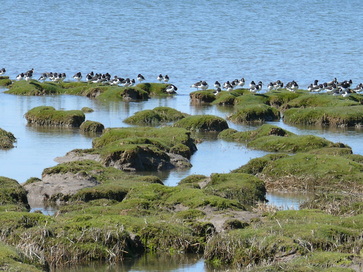
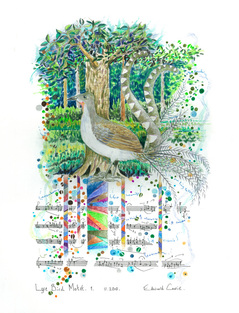
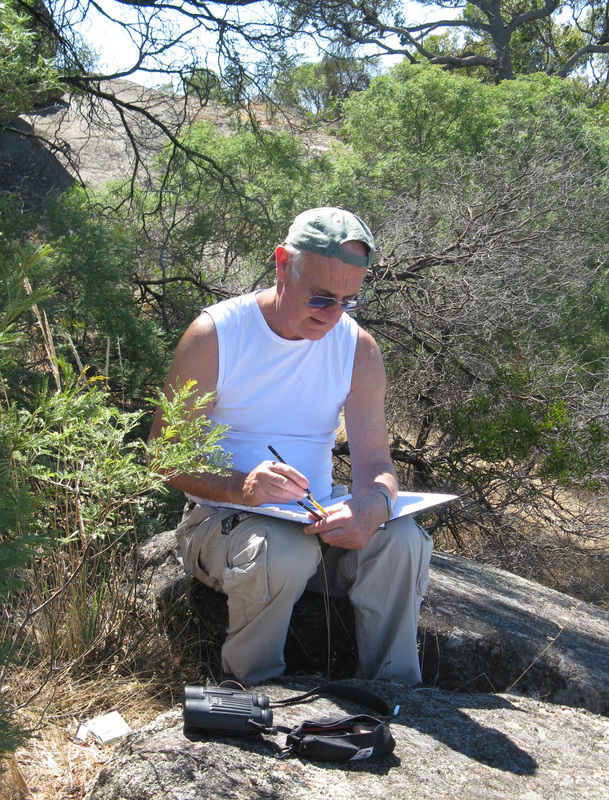
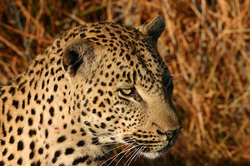
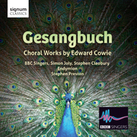
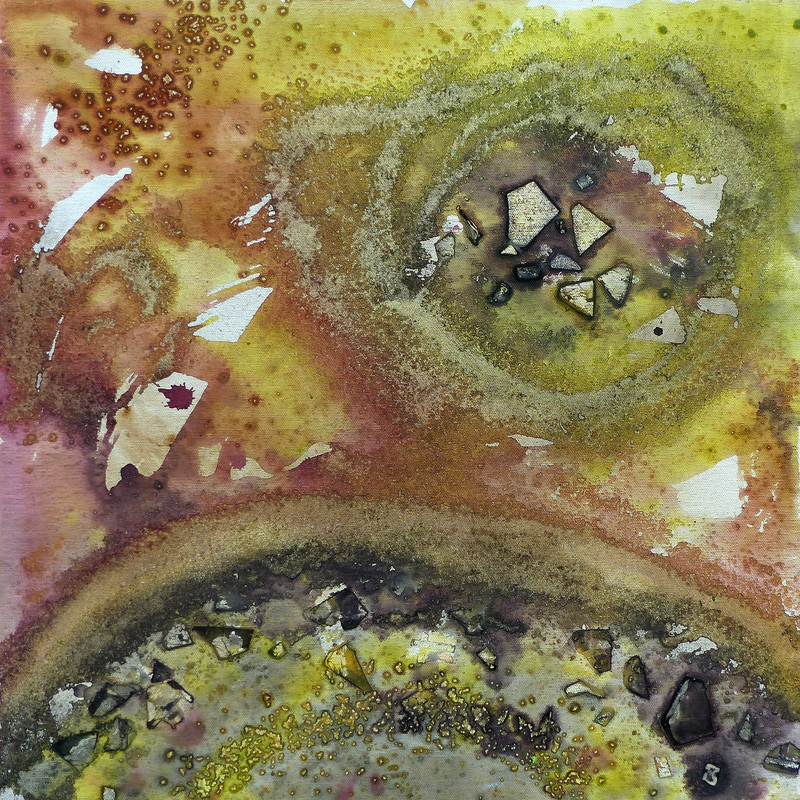
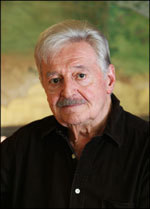
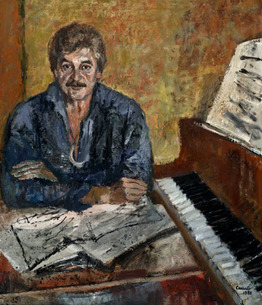
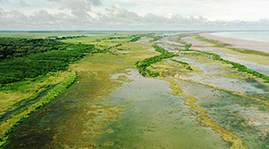
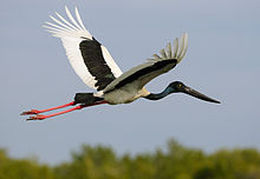
 RSS Feed
RSS Feed
